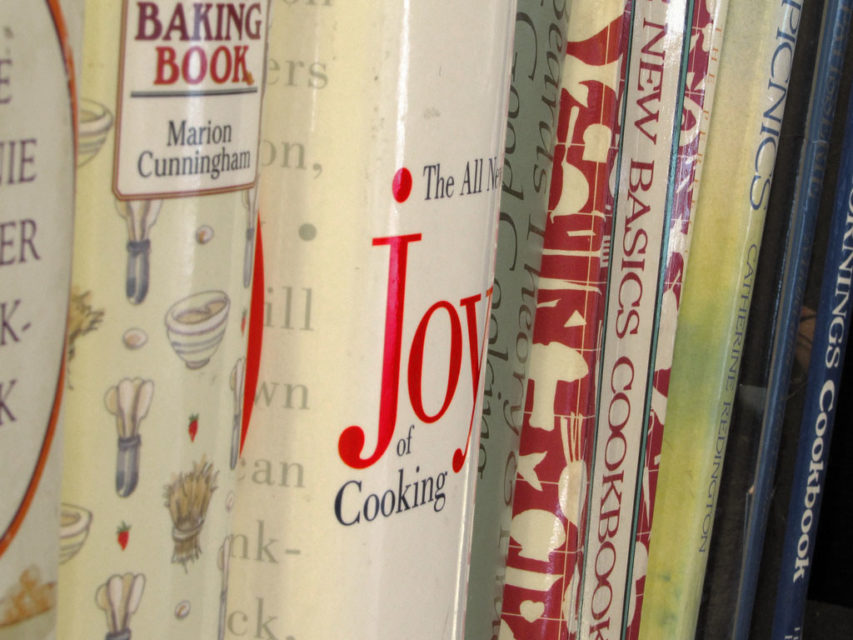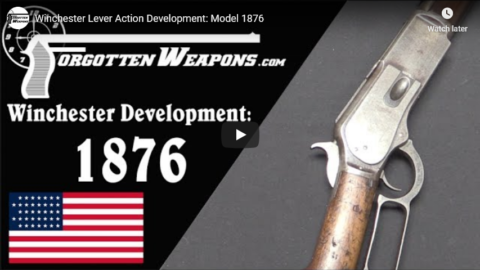World War Two
Published 10 Oct 2020The road to Moscow does indeed lay open before the Germans, but for how long? And can they exploit such an opportunity — since the panzers are busy encircling hundreds of thousands of Soviet soldiers near Vyazema? Georgy Zhukov arrives in Moscow to take charge of the Soviet defenses and try to shut the door.
Join us on Patreon: https://www.patreon.com/TimeGhostHistory
Or join The TimeGhost Army directly at: https://timeghost.tvFollow WW2 day by day on Instagram @ww2_day_by_day – https://www.instagram.com/ww2_day_by_day
Between 2 Wars: https://www.youtube.com/playlist?list…
Source list: http://bit.ly/WW2sourcesWritten and Hosted by: Indy Neidell
Director: Astrid Deinhard
Producers: Astrid Deinhard and Spartacus Olsson
Executive Producers: Astrid Deinhard, Indy Neidell, Spartacus Olsson, Bodo Rittenauer
Creative Producer: Maria Kyhle
Post-Production Director: Wieke Kapteijns
Research by: Indy Neidell
Edited by: Monika Worona
Sound design: Marek Kamiński
Map animations: Eastory (https://www.youtube.com/c/eastory)Colorizations by:
Carlos Ortega Pereira
Mikołaj Uchman
Julius Jääskeläinen
Daniel WeissSources:
Archive.org
United States Holocaust Memorial Museum
Mil
BundesarchivArchive by Screenocean/Reuters https://www.screenocean.com.
A TimeGhost chronological documentary produced by OnLion Entertainment GmbH.
October 11, 2020
“Doctrinaire cuisine is dangerous”
Felipe Fernández-Armesto is not a fan of printed recipes, for they quash the creative, adventurous spirit he feels is required for proper cooking:

“The Joy of Cookbooks” by shoutabyss is licensed under CC BY 2.0
I believe in freedom and one of the reasons for my hatred of recipes is their peremptory, commanding tone, as if the writer knew the only way to fashion the dish. Variants from the inflexibly regimented columns of most cookbooks are made to seem like heresies.
Recipes are typically officious and pettifogging, treating readers as idiots, who don’t know how to suit their own taste or adjust traditions.
Many read like nursery-school arithmetic: add x amount of flour and y of milk to z of butter to produce a predictable outcome. Creativity and adventure get no badge. By specifying quantities, the teacher robs cooking of its status as art and turns it into drearily certified schoolkid-science.
Doctrinaire cuisine is dangerous. Friendships founder and marriages crash over differences about whether — for instance — to put onions in Spanish omelette or chillies in curry, or disputes over whether eggs are better scrambled in a deep or shallow dish. I’m happy to leave chacun à son goût in almost everything.
If you want to marmalade your kippers or make mayonnaise with sunflower oil, I’ll despise your mind and denounce your taste, but I’ll defend your right, as thoroughly as if you wanted to vote Republican or learn line-dancing. I’ll tolerate tinned tomatoes in ratatouille, as long as I don’t have to eat it, or rose veal in Wiener schnitzel, or even honey instead of molasses in baked beans.
But there are some abominations that are destructive of happiness, because they deprive eaters of opportunities of enjoyment, or turn wonderful ingredients to waste. Most of them occur in recipes exposed to the internet, where nannies write for nincompoops.
Winchester Lever Action Development: Model 1876
Forgotten Weapons
Published 11 Jun 2017While the Model 1873 was a very popular rifle, its pistol caliber cartridge did leave a segment of the market unaddressed. Winchester wanted a rifle that could chamber the larger and more powerful cartridges popular with long range hunters, and the Model 1876 would be that rifle.
Early attempts to enlarge the 1873 action to use the .45-70 Government cartridge were unsuccessful, for two reasons. First, the cartridge in its 45-70-500 infantry configuration was simply too powerful for the toggle lock design that had been the core of all Winchester’s rifles back to the 1860 Henry. In addition, the elevator mechanism used to feed the rifle had to be sized to a specific (and fairly precise) overall cartridge length. The variety of different bullet weights used in the .45-70 did not affect use in single shot weapons, but did cause problems for Winchester’s repeater.
The solution was for Winchester to design a new round for its scaled-up Model 1876. This was the .45-75, and it used a relatively light bullet and a bottlenecked case similar to the general design of the .44 WCF from the Model 1873. This bottleneck improved obturation, preventing powder fouling from leaking around the cartridge case and into the working parts of the rifle. This was not strictly necessary though, as new chambering of the 1876 would be quickly added, including the .45-60; a straight-wall shortened version of the .45-70 Government round.
While it did not blow the doors off the factory like the 1873 had, the Model 1876 was a popular rifle with its intended audience, with tens of thousands of rifles sold to men including Theodore Roosevelt.
Cool Forgotten Weapons merchandise! http://shop.bbtv.com/collections/forg…
http://www.patreon.com/ForgottenWeapons
If you enjoy Forgotten Weapons, check out its sister channel, InRangeTV! http://www.youtube.com/InRangeTVShow






